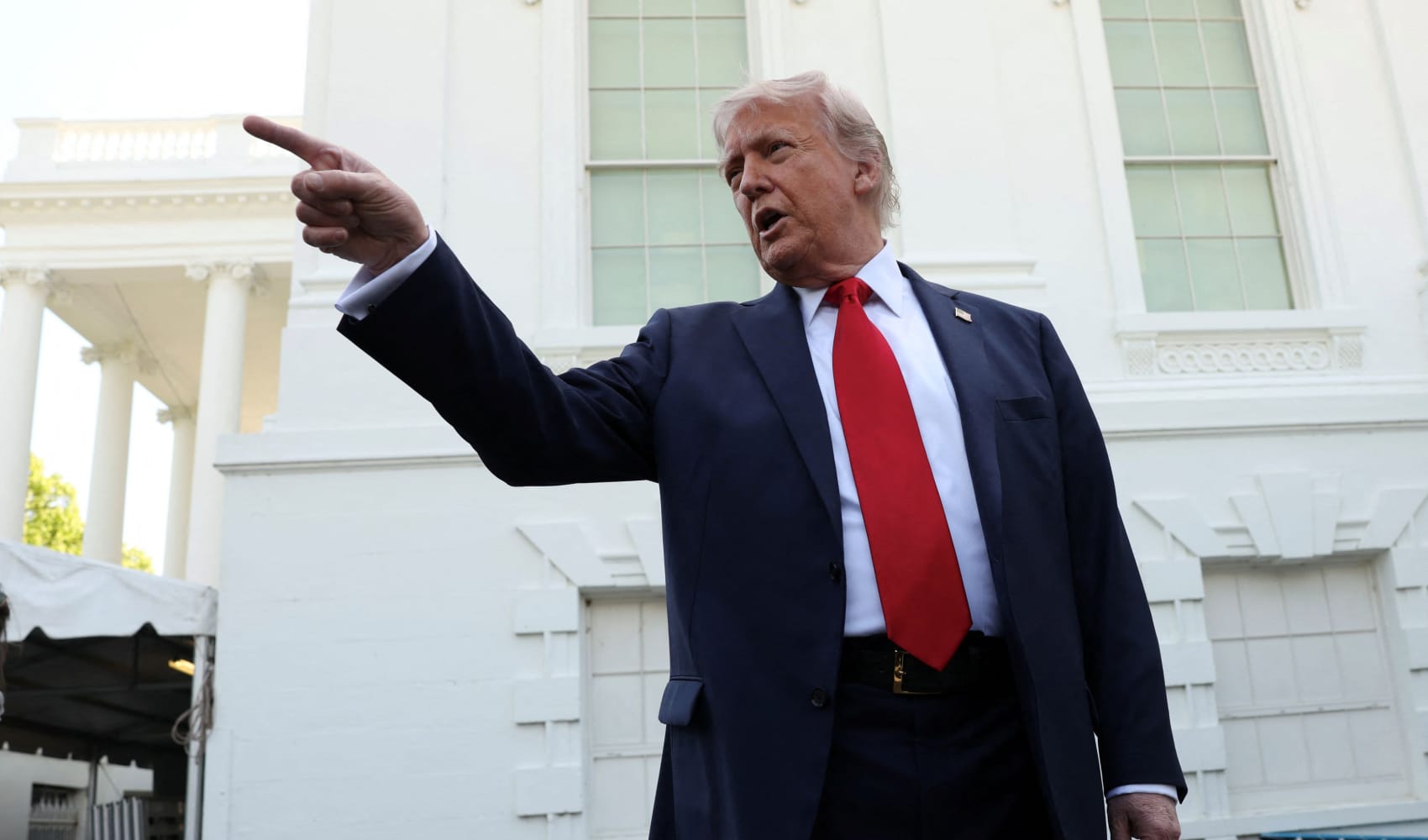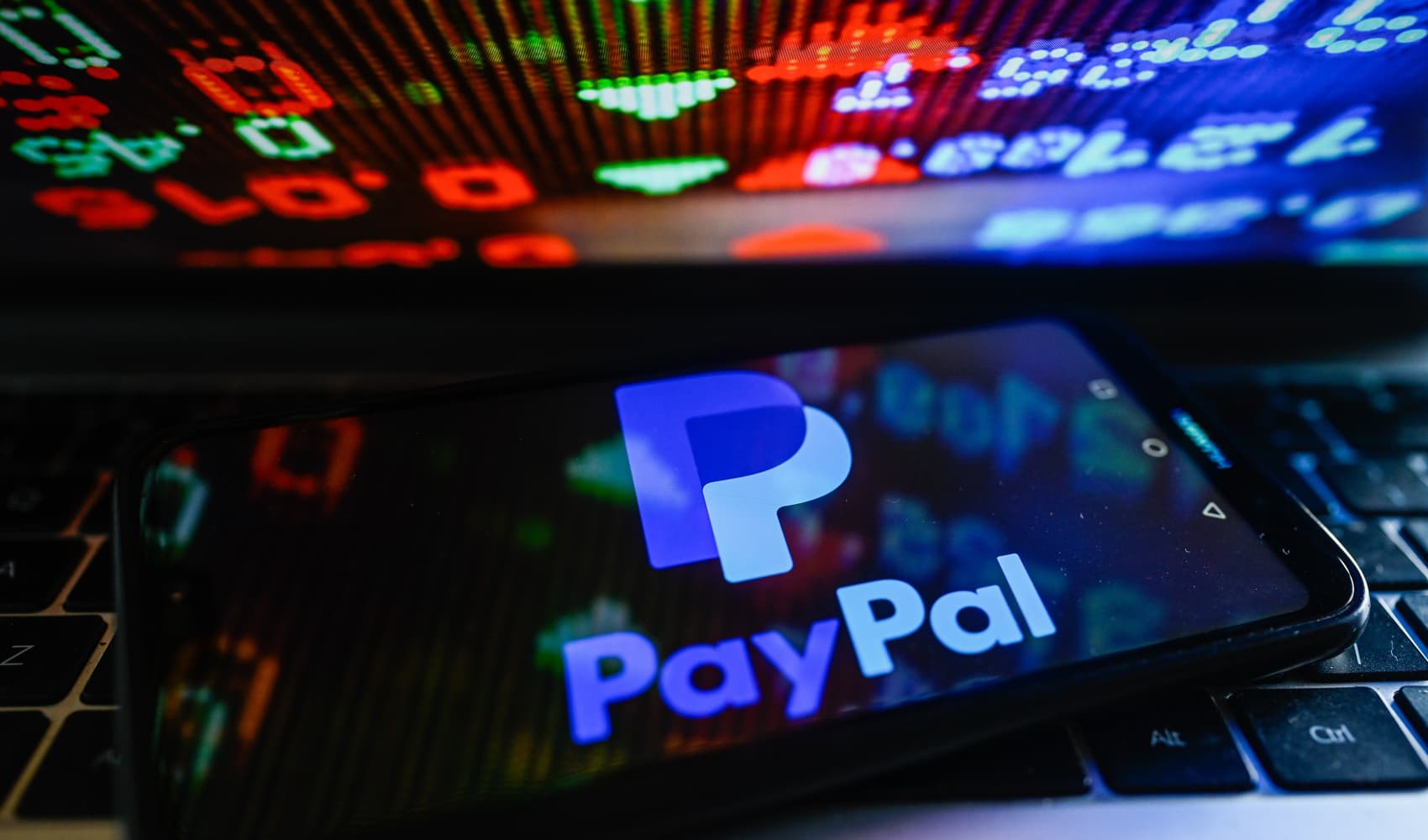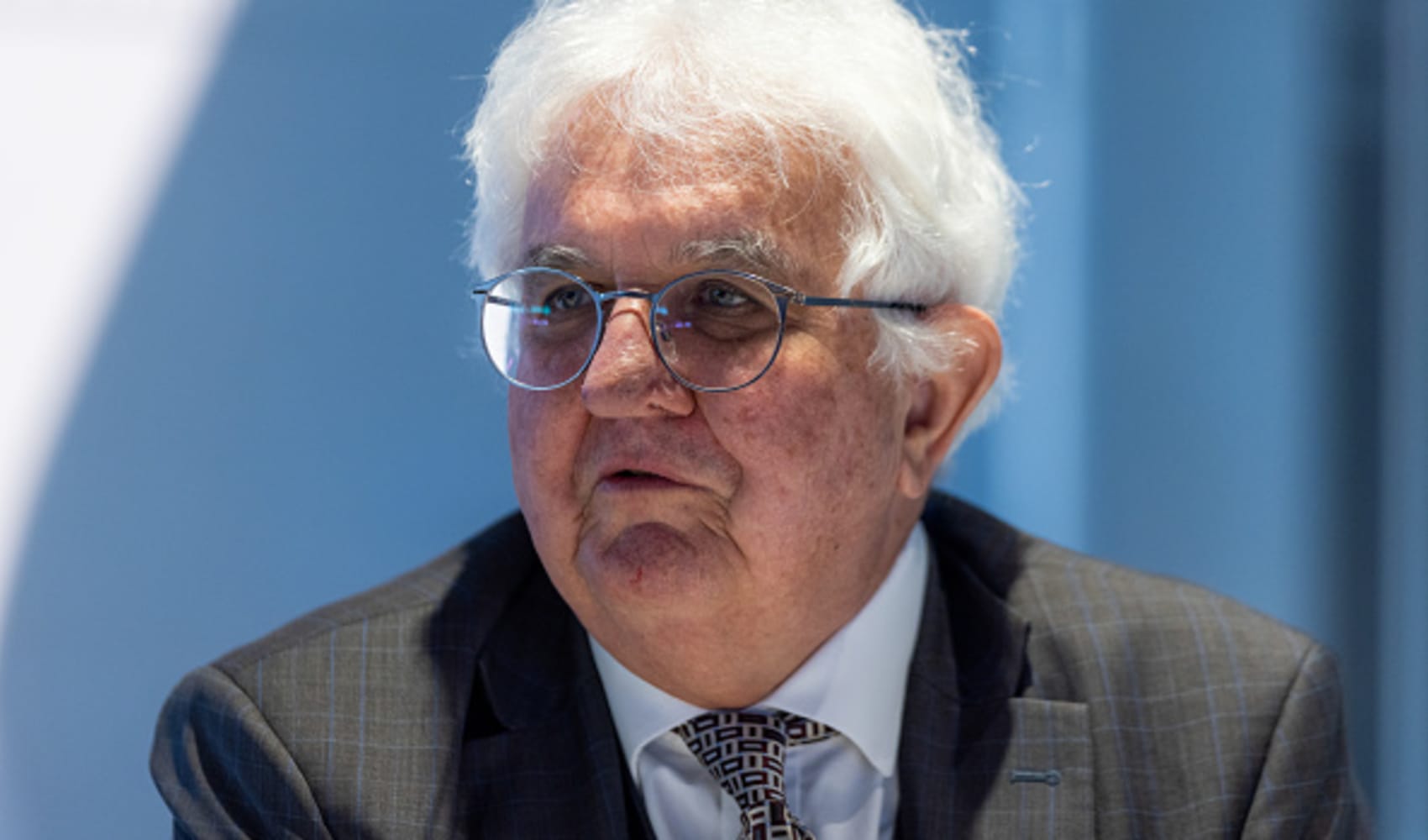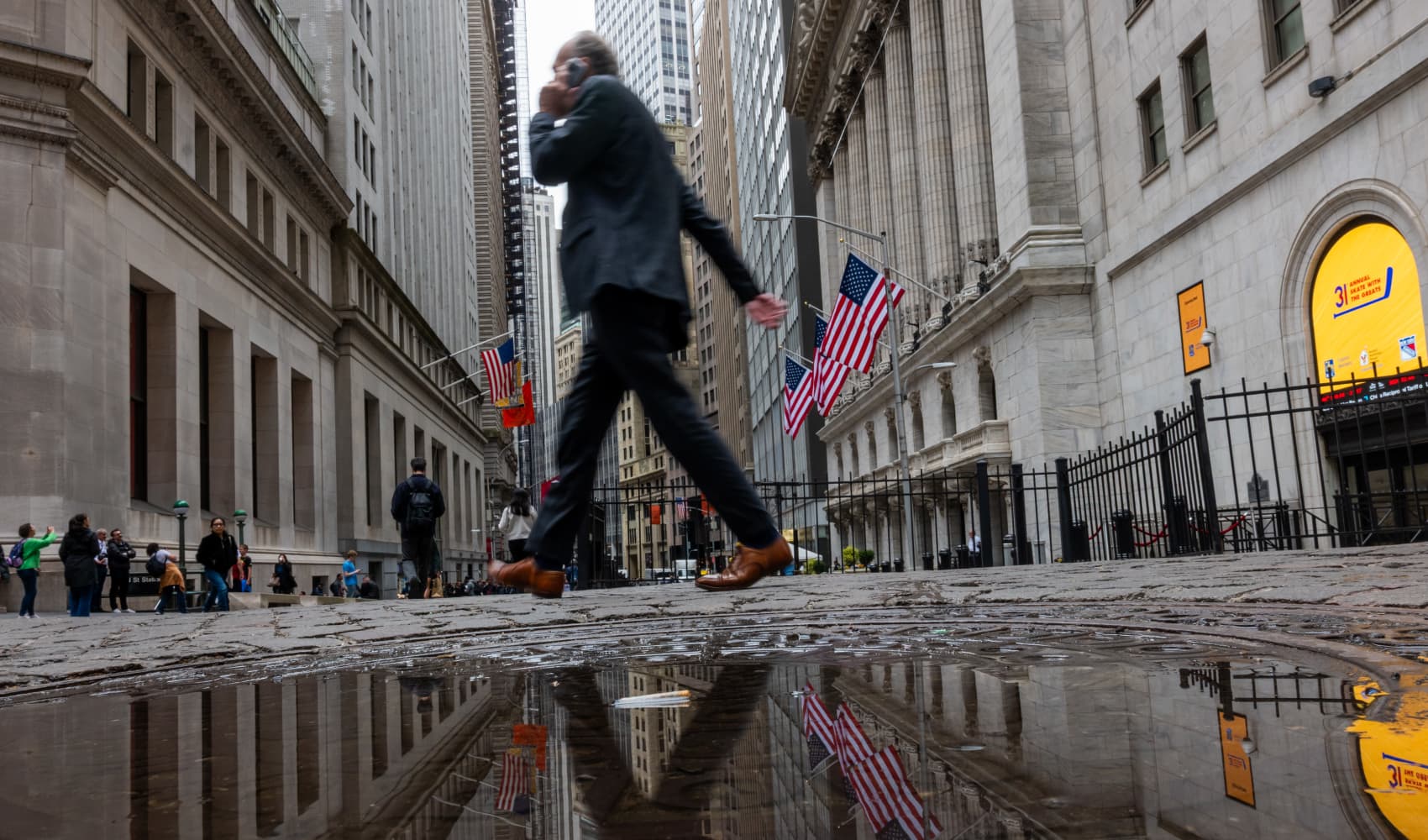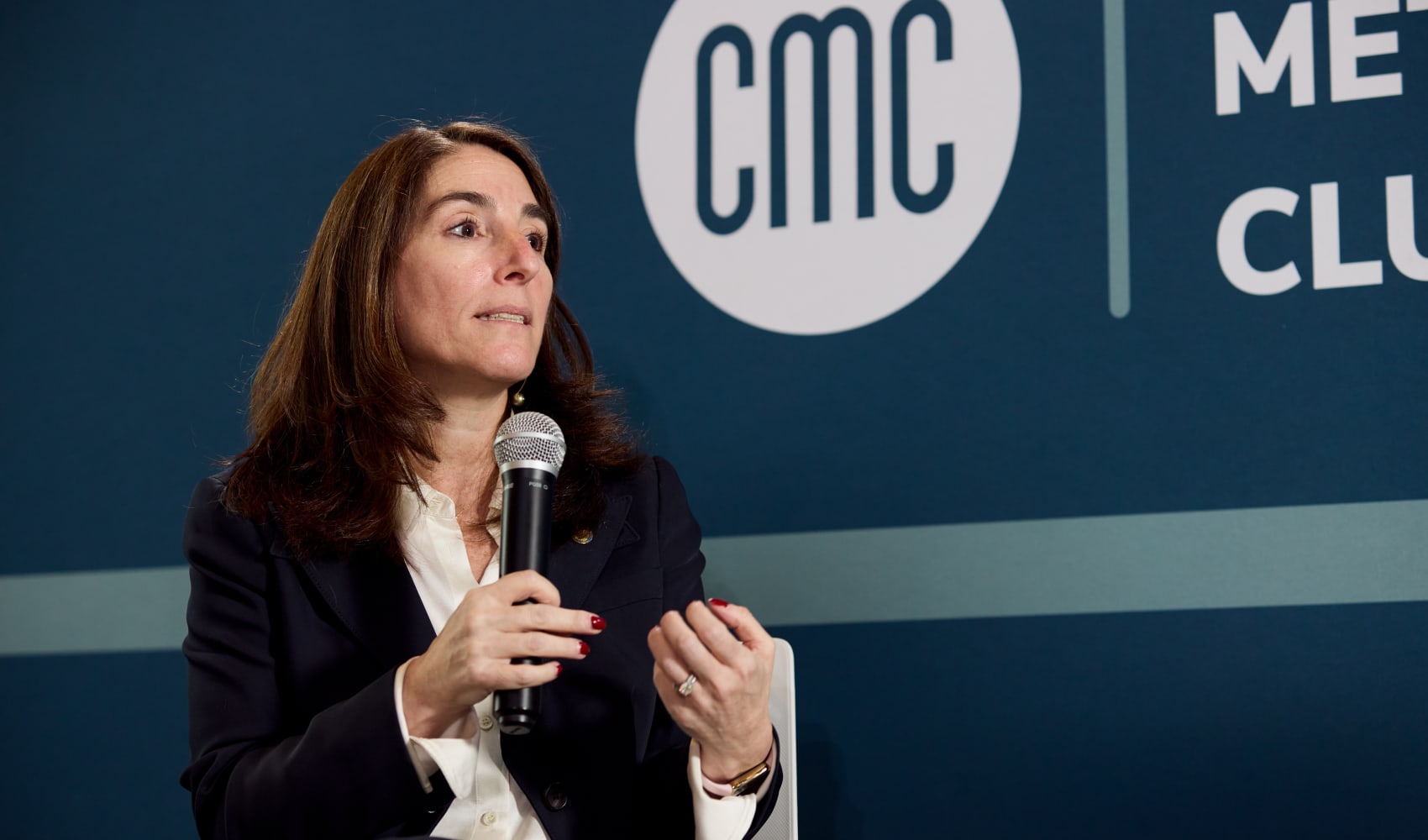Stop Being 'Too Nice': Psychology-Backed Guide to Genuine Success
Stop Being 'Too Nice' at Work: Unlock Genuine Success
The Illusion of "Nice": Why It's Not Always Effective
Social discomfort? Oh, we all know it. It's that cringe-worthy feeling you get when negotiating a raise, navigating a painfully awkward silence in a meeting, or trying to make small talk with someone you barely know. Social psychologists, like myself, have practically built careers studying these moments. The truth is, almost everyone experiences social discomfort at some point.
And guess where these awkward interactions pop up most frequently? You guessed it: at work. From giving and receiving feedback to managing complex team dynamics and navigating hierarchical structures, our professional lives are riddled with potential discomfort.
So, how do most of us cope? We plaster on a smile so wide it hurts, we laugh even when the joke falls flatter than a pancake, and we bend over backwards to reassure everyone around us: "Don't worry! Everything is fine! This is a positive interaction! I'm... nice!"
But is it possible to be too nice? Absolutely.
The Problem With Being "Too Nice"
Here's the ironic twist: the harder you try to mask your discomfort with excessive niceness, the more transparent your efforts become. People can sense insincerity a mile away. It's like trying to cover up a stain with a thin layer of paint – it might work for a moment, but eventually, the truth will seep through.
The "Nice" Paradox: Are You Really Being Helpful?
Ask yourself: is your desire to be perceived as "nice" actually preventing you from being truly helpful and effective? Think of it as the "nice paradox".
Subverting Your Message
Oftentimes, striving for niceness can water down your message. For example, you want to give feedback about project management to a coworker. Instead of directly addressing the gaps, you layer it with so much positive feedback that your coworker only focuses on what they’ve done well. The helpful, constructive feedback is obscured. How beneficial is that really?
Sacrificing Authenticity
Genuine connection thrives on authenticity. When you're constantly trying to be "nice," you're essentially wearing a mask. People respond much better to someone who is real, even if they're not always perfectly agreeable, than to someone who seems artificial.
Why People Don't Trust "Too Nice"
Trust is built on vulnerability and transparency, not saccharine sweetness. Let's explore why excessive niceness can actually erode trust.
The Suspicion of Ulterior Motives
When someone is overly nice, people might start questioning their intentions. Are they trying to manipulate me? Are they hiding something? Is it a strategy for career advancement? Those doubts are like poison for trust.
Lack of Authenticity: A Red Flag
As mentioned earlier, people crave authenticity. When you're constantly projecting a facade of niceness, it signals a lack of genuineness, and trust evaporates. People simply can't connect with a character, especially if that character is being too nice.
The Secret Sauce: Being Genuine and Trustworthy
So, what's the alternative? How do successful people navigate workplace interactions in a way that fosters trust and respect without resorting to excessive niceness? The answer lies in embracing authenticity, vulnerability, and a commitment to genuine connection.
Strategies for Cultivating Authenticity at Work
Ready to ditch the "too nice" act and embrace your true self? Here are some actionable strategies to get you started.
Embrace Imperfection: It's Okay Not To Be Perfect
Nobody's perfect. Embrace your flaws and be willing to admit when you're wrong. This vulnerability will make you more relatable and trustworthy. A simple "I messed up, but I'm learning from it" can go a long way.
Express Your True Opinions (Respectfully, of Course)
Don't be afraid to voice your opinions, even if they differ from those around you. As long as you're respectful and open to other perspectives, expressing your true thoughts will demonstrate authenticity and build trust. The important thing is to be constructive and avoid being unnecessarily contrarian.
Be Present and Engaged: Listen Actively
Put away your phone, make eye contact, and truly listen to what others are saying. Active listening shows that you value their opinions and perspectives, which fosters genuine connection. Repeat back to them what you heard, such as "So, what you're saying is..."
Mastering the Art of Assertive Communication
Being assertive is not the same as being aggressive. It's about expressing your needs and boundaries in a clear, direct, and respectful manner. Here's how to do it:
Setting Boundaries: Protecting Your Time and Energy
Learn to say "no" to requests that are outside of your capacity or that don't align with your priorities. Setting healthy boundaries protects your time and energy, and it demonstrates self-respect, which is a key component of trustworthiness.
Giving and Receiving Feedback with Grace
When giving feedback, focus on specific behaviors and their impact. When receiving feedback, listen actively, ask clarifying questions, and avoid getting defensive. Remember, feedback is a gift that can help you grow.
The Power of Vulnerability: Building Deeper Connections
Vulnerability is often perceived as a weakness, but in reality, it's a superpower. It allows you to connect with others on a deeper, more meaningful level.
Sharing Your Struggles (Appropriately)
Don't be afraid to share your challenges and setbacks with trusted colleagues. This demonstrates humility and creates space for empathy and support. Choose your audience wisely and avoid oversharing, but a little vulnerability can go a long way.
Asking for Help: It's a Sign of Strength, Not Weakness
Asking for help is not a sign of weakness; it's a sign of self-awareness and a willingness to learn. It also shows that you trust your colleagues and value their expertise. Don’t be afraid to show your human side.
The Long-Term Benefits of Authenticity at Work
While it may take some time to break free from the "too nice" habit, the long-term benefits are well worth the effort. By embracing authenticity, you'll not only build stronger relationships but also boost your career success.
Increased Trust and Respect
People will trust and respect you more when they know you're being genuine. This can lead to better collaboration, stronger team dynamics, and increased influence. Remember, people are more receptive to those who are authentic.
Improved Communication and Collaboration
Authenticity fosters open and honest communication, which is essential for effective collaboration. When people feel safe to express their true thoughts and feelings, they're more likely to contribute their best ideas and work together effectively.
Greater Job Satisfaction and Fulfillment
Being your authentic self at work is empowering and fulfilling. It allows you to bring your whole self to your job, which can lead to greater job satisfaction and a sense of purpose. There is nothing like feeling free at work.
Conclusion: Embrace Your Authentic Self for Workplace Success
Stop striving to be "too nice" and start embracing your authentic self. It's time to trade in the mask of niceness for the genuine connection that comes from being real, vulnerable, and assertive. By doing so, you'll not only build stronger relationships but also unlock your full potential for success in the workplace. In short, authenticity is the new "nice."
Frequently Asked Questions
Q1: What if being authentic means sometimes disagreeing with my boss?
It's perfectly acceptable to disagree with your boss, but it's all about how you do it. Frame your disagreement as a different perspective, back it up with solid reasoning, and always be respectful. The goal is to have a productive conversation, not to win an argument.
Q2: How can I be assertive without coming across as aggressive?
Assertiveness is about expressing your needs and boundaries clearly and respectfully. Use "I" statements to express your feelings and needs (e.g., "I feel overwhelmed when..."), and focus on the specific behavior or situation rather than attacking the person.
Q3: I'm naturally shy. How can I be more vulnerable at work?
Start small. Share a personal anecdote or a challenge you're facing with a trusted colleague. You don't have to reveal everything at once. The key is to gradually step outside your comfort zone and build trust through small acts of vulnerability.
Q4: What if my company culture values "niceness" above all else?
Even in a culture that values niceness, you can still be authentic. Focus on being genuine and respectful in your interactions, and avoid being overly agreeable or passive. You can be both authentic and diplomatic.
Q5: How do I know if I'm being "too nice"?
Ask yourself if you're constantly sacrificing your own needs and boundaries to please others. Are you afraid to voice your opinions or disagree with others? Are you constantly seeking approval from others? If you answered yes to these questions, you might be erring on the side of being "too nice."

